IoT is the technology that helps us reshape our lives, while AI takes us to the next level. AI has the potential for the outstanding development of IoT. The combination of IoT and AI will lead us to a future where everything is connected and works smart. It’s a promising future where more devices will connect. AIoT is becoming accessible. It is gradually changing the way we transform the fundamental ways of living life and dealing with data in our daily lives.
Before you jump into this article, If you have no clue what is the Internet of Things (IoT) is, you read “ 5G network & IoT ” first and come back to continue this article.
1. Introduction (Overview of IoT and AI)
1.1. Overview of IoT (Internet of Things)
IoT (Internet of Things) is a system of interrelated computing devices, objects, animals, machines both mechanical and digital or people that are provided with unique identifiers and the capacity to data can be sent via a network without the requirement for human-to-human or human-to-computer contact.
A thing in IoT is any man-made or natural object that has an Internet Protocol (IP) address and may send and receive data via a network. It could be a person with an implanted heart, a car with sensors, or a smart locker.
 Figure 1: Smart locker of Locker & Lock company located at the hospital (source: ABS Lockers in Hospitals | Locker & Lock Việt Nam (lockernlock.vn))
Figure 1: Smart locker of Locker & Lock company located at the hospital (source: ABS Lockers in Hospitals | Locker & Lock Việt Nam (lockernlock.vn))
Some recent applications of IoT:
- Consumer applications: elder care, smart home.
- Organizational applications: transportation, V2X communications, medical and healthcare, building and home automation.
- Industrial applications: maritime, manufacturing, agriculture.
- Infrastructure applications: energy management, environmental monitoring, metropolitan scale deployments.
- Military applications: the ocean of things, internet of battlefield things.
- Product digitization.
1.2. Overview of AI (Artificial Intelligence)
Everyone will have different expectations about AI, so there are many different definitions. However, in general, at the Dartmouth Summer Research Project on Artificial Intelligence 1956 conference, AI was defined as a field of research that helps machines have human capabilities.
AI is divided into 4 groups of different definitions: thinking humanly, acting humanly, rational thinkingly, acting rationally. For thinking humanly, thinking rationally, one expects AI to have the ability to think. For acting humanly, acting rationally, one would expect the AI to be able to act. On the other hand, thinking humanly, acting humanly, people will compare the thoughts and actions of AI with humans. Thinking rationally, acting rationally, one compares the thoughts and actions of an AI to a standard that follows a mathematical model or an optimal model.
- Acting humanly: the ability to act like a human includes express activities, seeing and understanding, listening/speaking, using language, performing reasoning, learning. With the above 6 possibilities, Alan Turing proposed the Turing test to test whether AI is capable of humans or not.
- Thinking humanly: ways to test include cognitive science, more concerned with comparing its reasoning steps to traces of humans solving the same problem.
- Thinking rationally: based on the laws of thought.
- Acting rationally: already includes thinking rationally, but it also includes acting on reflex. This is the most general direction of AI.
Some recent applications need AI:
- Games
- Chatbox: Siri
- Language translation: Google Translate
- Text to speech: VOA, eNews Reader
- Object recognition for images and videos
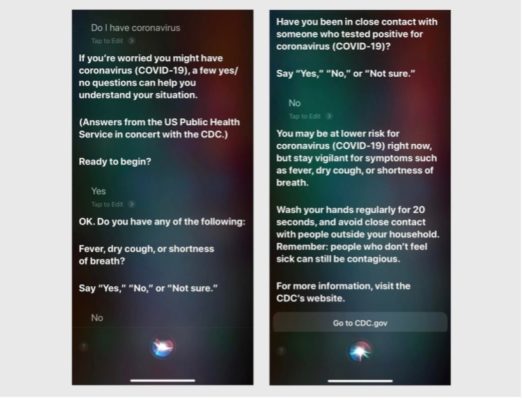
Figure 2: Siri an AI application for Chatbox (source: Apple’s Siri and Microsoft’s health chatbot come to the rescue against the coronavirus pandemic / Digital Information World – Newsy Today (newsy-today.com))
2. What is AIoT?
AIoT (The Artificial Intelligence of Things) is a technology that combines artificial intelligence (AI) and Internet of Things (IoT) infrastructure to make IoT operations more effective, to increase human-machine interactions, and to improve data management and analytics, in the process without any human intervention. AIoT benefits both forms of technology since AI adds value to IoT through machine learning capabilities, and IoT provides value to AI by allowing IoT data (communication, collection, and exchange) to be transformed into useful information for better decision-making. The AIoT workflow will be as follows: data collection, data transference, data processing, data projection, execution of information.
3. Unlock IoT potential with AI (the role of AI in the IoT revolution)?
- AI helps IoT devices and machines to build appropriate actions so that they work independently. AI accelerates the rapid evolution of IoT to fast forward to the future of automated devices.
- The biggest role of AI in the IoT is to improve companies and make them smarter in order to maximize revenues and efficiency.
- AI in IoT offers complete automation as machine-to-machine (M2M) connects machines, which enhances machine learning from each other. AI in IoT also helps machines categorize tasks and prioritize important tasks.
- Cyber attackers are working on ways to enter IoT networks in order to gain access to sensitive data as the number of IoT devices grows. Attacks on these susceptible IoT devices might put businesses that rely on them in danger. AI will aid in the constant monitoring of the network. The patterns of prior assaults will aid AI in predicting future attack situations and, as a result, developing methods to combat them. It will aid in the fight against new security threats.
- AI in IoT helps manage risks from analyzing data collected by IoT devices. AI will issue warnings, automatically prevent risks and minimize damage. Risks can come from cyberspace, business models, or employees.
- AI is an opportunity to help businesses improve IoT devices, grow businesses with a large revenue stream.
4. Real-life Examples of Major AIoT Segments
There are four major AIoT segments: smart industry, smart city, smart home, and wearables.
Wearables: it’s a little gadget that’s far more portable than a phone, and you can simply carry it in your person. You constantly receive real-time messages/notifications through it since it is connected to the Internet and immediately connects to mobiles and personal computers. It enables you to access data from anywhere. In addition, it also monitors your health status. It includes smartwatches, AR/VR goggles, wireless earbuds, etc
- The Apple Watch is the top of smartwatches. It’s the right wearable if you own an iPhone. Through connecting with your iPhone, the wearable will perform functions such as health monitoring, sending/receiving real-time notifications/alerts, and many more.
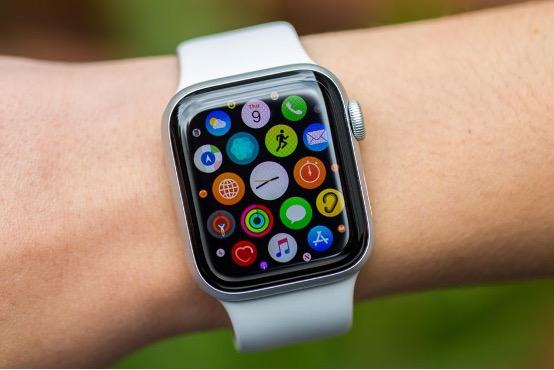
Figure 3: Apple watch wearable (source: 9 best Apple Watch Apps (that you probably already have installed) – CNET (cnet.com))
- Augmented Reality (AR) and Virtual Reality (VR) goggles: Oculus Quest 2 is a wireless VR device, this device helps users increase VR Games and Experiences. Google Glass is an augmented reality eyeglass, the Google glasses feature allows users to utilize voice commands to access the mobile internet browser, camera, maps, and other apps.
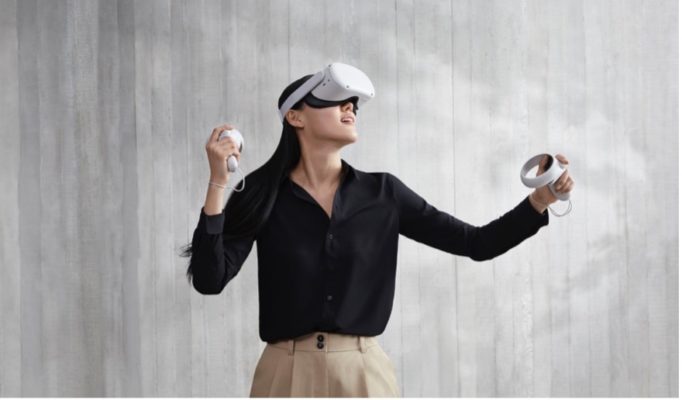
Figure 4: Oculus Quest 2 for VR Games and Experiences(source: Oculus to Bring Lifelike Immersion to Mass Market – Counterpoint Research (counterpointresearch.com))
Smart home with all connected devices that work automatically or based on the homeowner’s habits and preferences. It will bring convenience and save time, energy, money. It includes smart speakers, IoT appliances, smart thermostats, etc.
- Smart home companies such as August, Ring, Ecobee, and Nest have let users experience, sell, and assemble smart home-enabled devices.
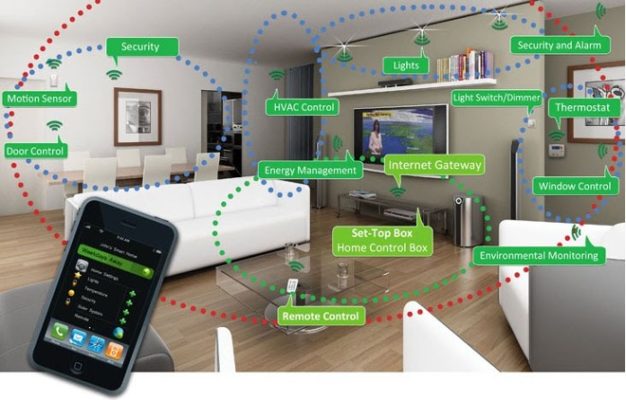
Figure 5: Smart home model(source: Example: Smart Home – Applications of Internet of Things (IoT) in the Market (google.com))
- MindAI is a thermostat. It will learn how you regulate your room temperature in a day. After it has learned from your behavior, it will adjust the room temperature for your maximum comfort without your intervention.
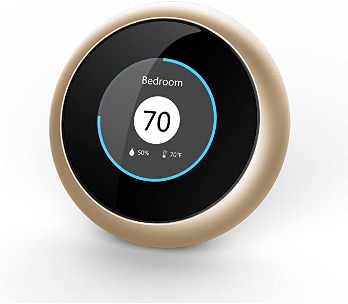
Figure 6: MindAI thermostat (source: MicroNature MindAI Intelligent Learning Thermostat, Smart Home appliance Controller, Wi-Fi, iOS/Android compatible, Compatible with Alexa (Gold) – – Amazon.com (amazon.com ))
The smart city is a combination of automated transportation, smart surveillance, smarter energy management systems, urban security, and environmental monitoring. It includes smart energy grids, smart streetlights, smart public transportation, etc.
- Amsterdam Smart City has been implemented since 2009 with many projects, especially in dealing with traffic situations. Amsterdam also has autonomous floating systems called “Roboat” to transport people and goods automatically.

Figure 7: Roboat – Amsterdam Smart City (source: An autonomous fleet for Amsterdam | MIT News | Massachusetts Institute of Technology (news.mit.edu))
Smart industry is the result of digital transformation for manufacturing and supply chains, a combination of sensors, software, and data analytics that create automated machines that aim to increase efficiency and reduce human error. It includes autonomous manufacturing robots, automated supply chain management, predictive maintenance sensors, etc
- Audi is making cars according to the smart factory model. This makes the production flexible and highly efficient manufacturing. Audi cars will be assembled modularly.
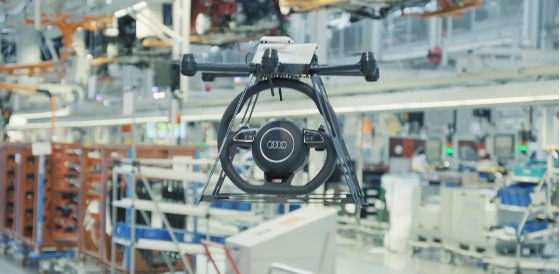
Figure 8: Audi smart factory (source: Audi Smart Factory: How Drones, AR And VR Gears Are Building Cars – TechTheLead (techthelead.com))
5. Benefits of AIoT and Impact on different industries
5.1. Benefits of AIoT
- As IoT becomes more widely used in many sectors, human-oriented and machine-generated unstructured data will become increasingly abundant. AIoT can provide support for data analytics solutions.
- The incorporation of cognitive computing in consumer appliances is a common theme in AIoT applications. A typical example is smart home technology.
- When it comes to data analytics, IoT networks and AI are combined in AIoT technology to produce data training for machine learning.
- In the field of HR communication, AIoT will help HR make a suitable decision.
- Increase automation of AI-embedded IoT devices when learning from user data sets.
- Decreases the downtime of AIoT devices.
- Increases the efficiency and effectiveness of devices, users, and manufacturers.
5.2. Impact on different industries
AIoT has an influence on a variety of businesses, including commercial, industrial, and consumer product and service sectors. Furthermore, AIoT is a solution to issues such as the expenses of effective human resource management, as well as the complexity of supply chains and delivery methods.
- AIoT in Retail Analytics
Inventory management, employees, customer service, sales automation, product recommendations will be handled by AIoT.
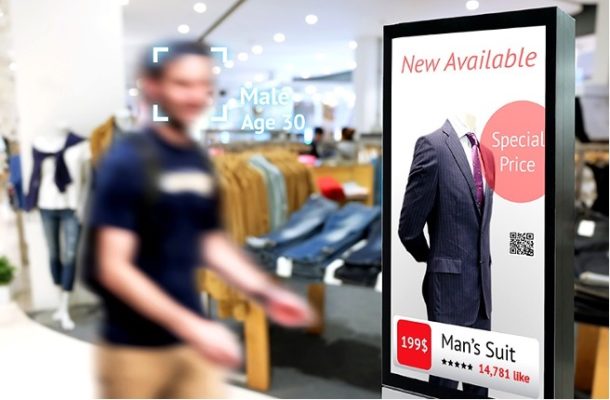
Figure 9: AIoT camera analyzes to suggest suitable products (source: Creating Smarter Stores with Facial Recognition – VIA Technologies, Inc. (viatech.com))
Relying on sensors to collect data through analytics to make predictions about potential customers, analyze risks, predict daily peak hours will help managers have suitable business campaigns. When a client enters a store, a face recognition system recognizes him or her right away. The shop can show deals and goods that would appeal to its customers based on their preferences and previous purchasing experiences.
5.3. AIoT for Autonomous Vehicles
Vehicles using IoT sensors are connected to the Internet and some other special devices. Combined with AI, it helps the driver avoid obstacles on the road, analyze the traffic flow to choose the fastest route.
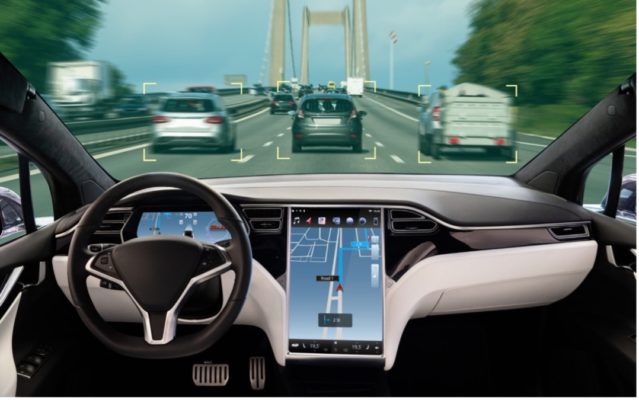
Figure 10: Tesla’s self-driving car (source: Tesla Continues to Walk Back Full Self-Driving Claims | Mind Matters (mindmatters.ai))
6. Increasing Popularity of AIoT and Future of AIoT technologies
-
- Increasing Popularity of AIoT
AIoT is any machine or device that through analysis and intelligent insights to makes decisions. Healthcare, manufacturing, entertainment, online shopping, and a variety of other industries are among those that benefit from the development of AIoT.
The following is a series of examples of the Increasing Popularity of AIoT as it covers most industries: Rolls-Royce uses AIoT for engine maintenance. Google, for example, utilizes AIoT to lower its data center cooling expenses. Drones will be used to access regions that are difficult to reach by people. ET City Brain is powered by AIoT and Alibaba Cloud to monitor traffic and adjust traffic signals to relieve congestion. Tesla’s Autopilot system makes use of AIoT to receive data from sensors, integrate it into neural network designs, assess a slew of relevant criteria, and determine the car’s next course of action.
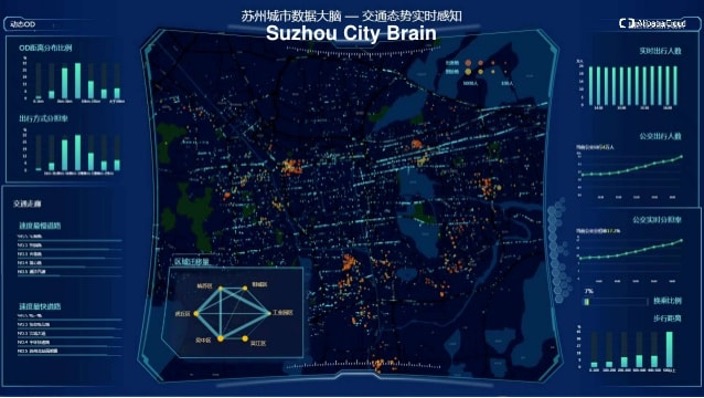
Figure 11: ET City Brain (source: Alibaba Cloud AI Solutions – ET Brain (slideshare.net))
- Future of AIoT technologies
AIoT will grow more and more constantly. Both technologies will dominate the tech industry when combined. Especially on the fields:
- Edge Computing: from smart thermostats and smart appliances will become home robots and autonomous vehicles. Rather than a distant data center, data is processed by the device itself, a local computer or server improves response times and saves bandwidth.
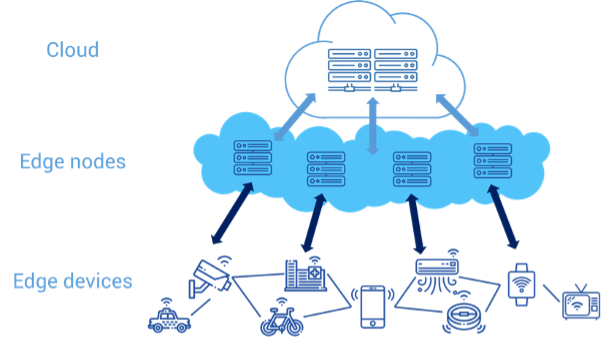
Figure 12: Model Edge computing for future (source: What Is Edge Computing? Advantages of Edge Computing – Alibaba Cloud Knowledge Base (alibabacloud.com))
- Voice AI: from 1D: Smart speakers and 2D: Voice-activated LCD displays will become natural language processing and ePayment voice authentication.
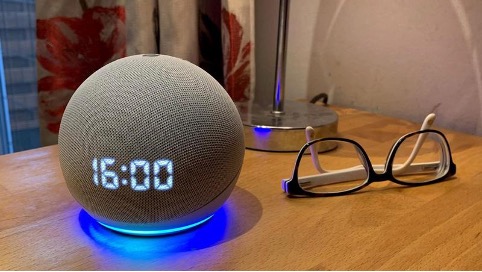
Figure 13: Alexa is an example of current voice AI (source: How to Control Your Lights With Alexa: What You Need (techadvisor.com))
- Vision AI: from massive object detection and 4K resolution will become video analytics on the edge and super 8k resolution.

Figure 14: Image from TimeScape movies with 4k resolution (source: What Is 4K Resolution? Overview and Perspective of Ultra HD (lifewire.com))
7. Conclusion
AIoT will change the way we interact from devices in your home, to schools, offices, cities to everything. It’s critical to keep this technology as safe as possible to avoid it being abused. AIoT promises to change everything about how we use technology.
Source of references
- A FEW REAL-WORLD EXAMPLES OF INDUSTRY 4.0 | by VIAR | Medium (medium.com)
- AI and IoT – A Blender In Future Technologies | ReadWrite (readwrite.com)
- AIoT: What is Artificial Intelligence of Things — and is it the future? (techgenix.com)
- AIoT: When Artificial Intelligence Meets the Internet of Things (visualcapitalist.com)
- Artificial Intelligence And The Internet Of Things (AIoT) Hold The Promise Of A More Connected Future | CustomerThink (customerthink.com)
- Artificial Intelligence A Modern Approach Fourth Edition, Stuart Russell and Peter Norvig, Pearson, 2021
- Artificial intelligence of things – Wikipedia (en.wikipedia.org)
- Best VR and AR headset 2021 | ZDNet (zdnet.com)
- Edge computing – Wikipedia (en.wikipedia.org)
- Future of AIoT Technologies (hitechnectar.com)
- Google Glass (wordstream.com)
- Internet of things – Wikipedia (en.wikipedia.org)
- Introducing Oculus Quest 2, the Next Generation of All-in-One VR | Oculus (oculus.com)
- What is a smart city? Technology and examples (thalesgroup.com)
- What is Artificial Intelligence of Things (AIoT)? – Definition from WhatIs.com (techtarget.com)
- What is IoT (Internet of Things) and How Does it Work? (techtarget.com)
